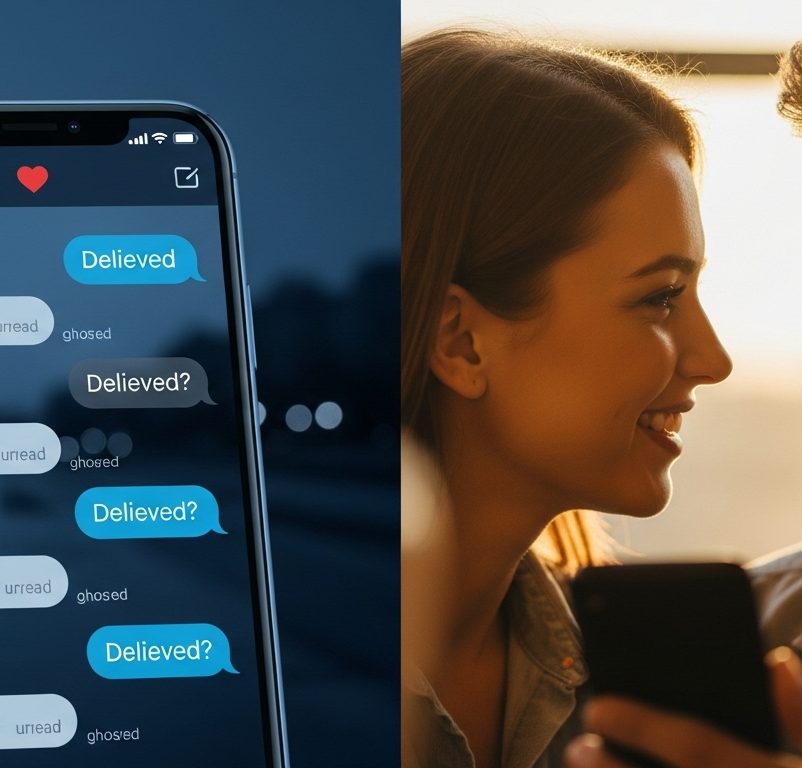ads
If you’re looking to transform your smartphone into a portable projector for presentations, movie nights, or sharing content with friends, several innovative apps can help you achieve this goal without expensive hardware.
This guide explores the most effective applications that enable smartphone projection, along with practical setup instructions and tips for optimal performance.
Whether you’re a business professional or someone who enjoys sharing videos on a larger scale, these apps offer versatile projection capabilities.
How Smartphone Projection Apps Work
Smartphone projection apps utilize your device’s screen mirroring capabilities and wireless connectivity to display content on larger surfaces. These applications work by casting your phone’s display to compatible devices like smart TVs, laptops, or dedicated projection hardware connected to the same Wi-Fi network.
The technology behind these apps leverages protocols such as AirPlay for iOS devices and Miracast for Android phones. When you activate a projection app, it establishes a wireless connection with your target display device, essentially turning your smartphone into a remote content broadcaster.
ads
Most modern projection apps support various content types, including videos, photos, presentations, and even live screen mirroring. This versatility makes them ideal for both professional and entertainment purposes, allowing you to share anything displayed on your phone screen with a larger audience.
Top Projection Apps for Your Device
Most Popular Options
Several standout applications excel at transforming your smartphone into an effective projector. Screen Mirroring Pro offers seamless connectivity with smart TVs and provides excellent video quality for both Android and iOS users. The app supports multiple casting protocols and maintains stable connections even with moderate internet speeds.
AirScreen serves as another reliable option, particularly for users who frequently switch between different display devices. This app automatically detects available screens in your vicinity and offers one-tap connection capabilities.
Professional-Grade Solutions
For those seeking advanced features, LetsView provides comprehensive projection tools including annotation capabilities and multi-device support.
This app allows you to project content while simultaneously controlling playback from your smartphone, making it perfect for educational scenarios.
ads
Reflector 4 stands out for its professional-grade features and support for multiple simultaneous connections. If you need to display content from several devices at once, this app delivers exceptional performance and reliability.
Setting Up and Optimizing Your Projection Experience
Initial Setup Requirements
Getting started with smartphone projection requires proper network configuration and device positioning for optimal results.
Ensure both your smartphone and target display device connect to the same Wi-Fi network, as this forms the foundation for successful screen mirroring.
Position your smartphone within reasonable range of your Wi-Fi router to maintain strong signal strength throughout your projection session. Poor connectivity can result in lag or frequent disconnections.
Performance Optimization Tips
Before beginning any important presentation, test your setup thoroughly by projecting sample content and checking audio synchronization. Many apps offer quality adjustment settings that let you balance between image clarity and connection stability.
Consider closing unnecessary background applications on your smartphone to free up processing power and memory. This simple step significantly improves projection performance and reduces interruptions during critical moments.
Making the Most of Your Smartphone Projector
Maximize your projection experience by understanding each app’s unique strengths and matching them to your specific needs. For casual movie watching, prioritize apps with excellent video quality and minimal lag.
When conducting business presentations, focus on applications offering reliable connectivity and professional features like annotation tools.
Maintain your smartphone’s battery life during extended projection sessions by keeping your device plugged into a charger.
Wireless projection consumes considerable power, and unexpected battery depletion can abruptly end important presentations or entertainment sessions.
Experiment with different projection surfaces to find what works best for your environment. While traditional screens provide optimal results, smooth walls, sheets, or even garage doors can serve as effective alternatives when dedicated projection surfaces aren’t available.
Frequently Asked Questions
Do I need special hardware to use smartphone projection apps?
No special hardware is required beyond your smartphone and a compatible display device. Most smart TVs, laptops, and streaming devices support the necessary wireless protocols.
However, ensure your target device supports screen mirroring capabilities before attempting to connect.
Can I project content while using other apps on my phone?
This depends on the specific projection app and your smartphone’s capabilities. Some apps support background projection, allowing you to use other applications while maintaining the connection.
However, performance may be affected when running multiple demanding applications simultaneously.
What internet speed do I need for smooth projection?
A stable Wi-Fi connection with at least 10 Mbps upload speed typically provides smooth projection for most content types. For high-definition video projection, consider connections of 25 Mbps or higher to avoid buffering and maintain optimal quality.
Are these apps compatible with both Android and iOS devices?
Most popular projection apps offer versions for both Android and iOS platforms. However, feature availability may vary between operating systems due to different technical limitations and capabilities of each platform.
Can I project copyrighted content using these apps?
While the apps themselves don’t restrict content types, you remain responsible for complying with copyright laws and terms of service for streaming platforms. Many subscription services have specific policies regarding screen mirroring and projection of their content.



